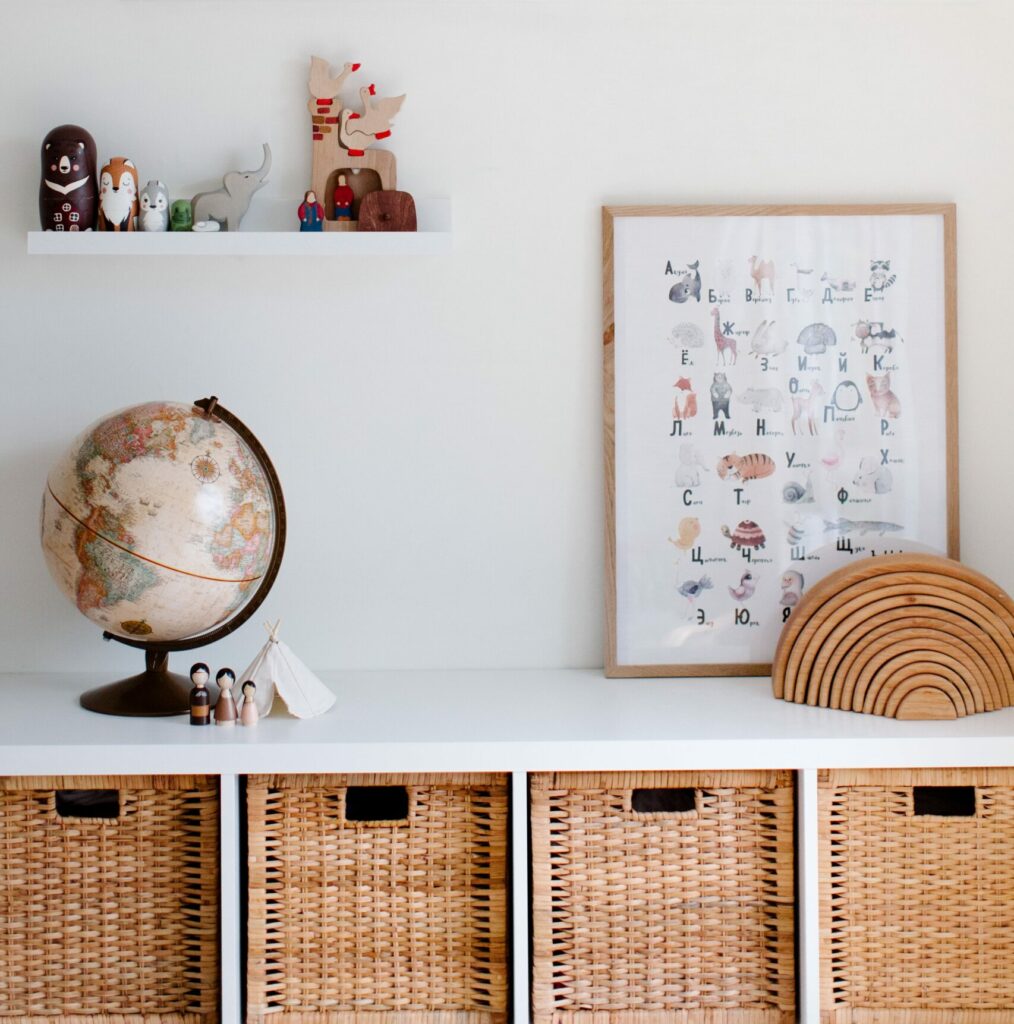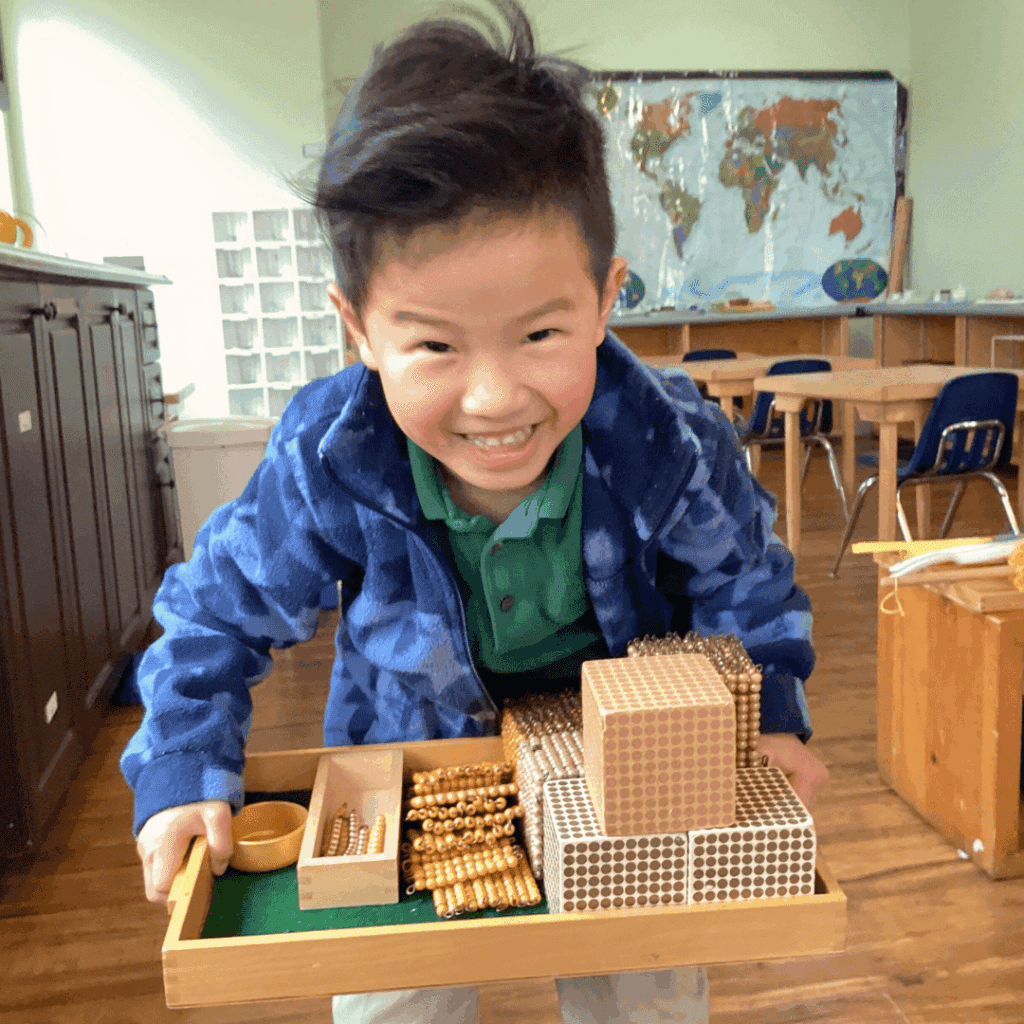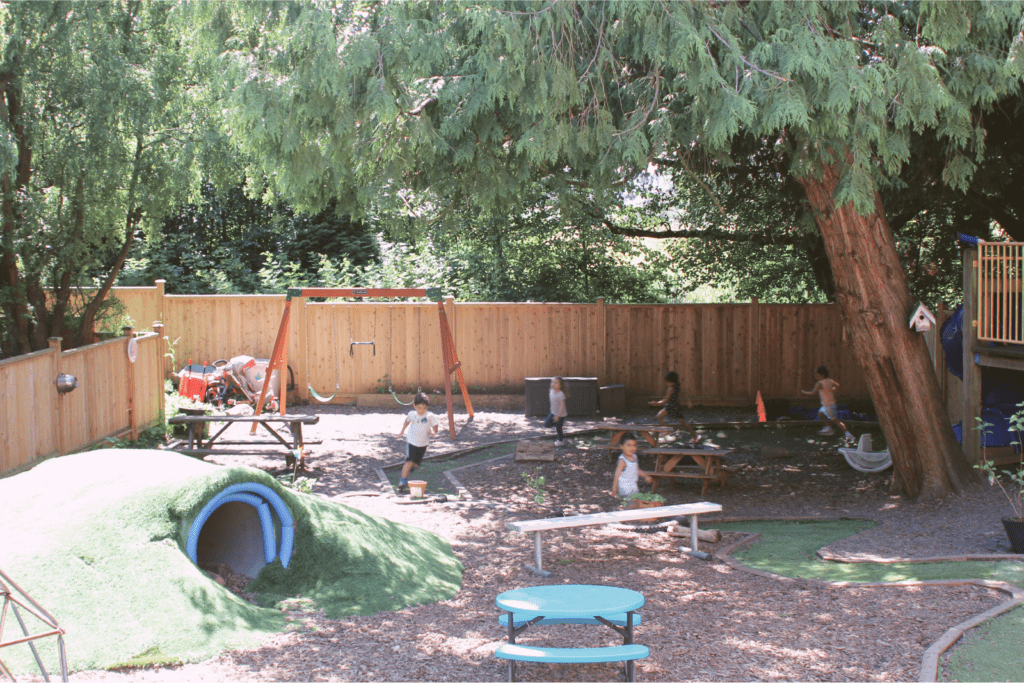The Absorbent Mind Sees All:
Our children arrive in this world with what Dr. Montessori termed the “absorbent mind”. Everything in their environment, that the child sees, feels and is exposed to goes directly into their minds. The infant has what Dr. Montessori termed the “unconscious absorbent mind” because absolutely all stimuli are unconsciously, without effort absorbed into the mind and shaping the child’s consciousness. The infant learns at a phenomenal rate, the fastest period of learning we will ever experience and without effort. What do these terms mean for us as parents and as educators for our children? They mean that we need to consciously prepare an environment at home and at daycare that is suitable for the growth of our curious children. This article is going to discuss how a prepared environment can empower your infant for engagement.
“We must wake up to the great reality that children have a psychic life whose delicate manifestations escape notice and whose pattern of activity can be unconsciously disrupted by adults”
– Maria Montessori
Your infant has not so long ago emerged from the most perfect environment nature could prepare for it, your womb! The baby was warm, fed and had the perfect home in which to grow. It emerges and we face the challenge of providing it with an environment that is equally as nurturing and stimulating for its growth. This environment should reflect a sense of calm, be beautiful in design and colour, but not overwhelming with brightness or cartoon pictures. The rooms in which your child plays and spends time should be prepared for them. They should have low shelving, so they can get things for themselves. (a great way to foster independence and self-esteem). The shelves should have baskets to hold the toys and the baskets should hold only an item or two, so the child is not overwhelmed by the contents. The baskets should always be placed on the shelves in the same order, so that the child can learn where they are kept and be able to make choices on his/her own. Eventually the child will be able to replace these items back on the shelf themselves, as well.
A Desire for Order:
Order is an important element in the beginning years. The child is very sensitive to order, up to five years old. The ordered, neat environment helps them to create order in their brains of all stimuli they are receiving and categorizing in these early years. You will begin to observe in your toddler a need for order as they will spontaneously begin to line objects up and place things that are similar together. Some parents have expressed concern that their child appears obsessive during this stage. You can be reassured that it is a natural stage, and a particular way the infant/toddler explores and categorizes their environment.
As in Montessori preschool, a daycare environment should also have an ordered and neat environment that is pleasing to the eye. The furniture should be child sized and the activities should be placed in an ordered way on small shelving, so it is easily accessible to your child. The toys and activities should be age specific and allow for plenty of exploration with each of their senses. There should be activities that allow for the child to express this sensitivity to ordering and categorizing objects, such as stacking blocks of different sizes, little cars to line up, rings to place on a stand, different sized balls to sort etc.
“The first aim of the prepared environment is, as far as it is possible, to render the growing child independent of the adult.”
– Maria Montessori
On Using Labels:
It is also important to name all things in the child’s environment or when out for walks. They are at a great sensitivity for language and are trying to grasp a sense of order in all that is around them. Having a name given to all the different objects helps empower your child to feel more at ease in their environment. They require stimulation and being talked to about what is around them provides this, as well as giving them a way to categorize their world.
In setting up these areas for your child remember to get on the floor once in awhile and see the room from your child’s perspective. Is it stimulating, without being overwhelming? Is it beautifully kept and still allowing for calm? Is it ordered and easily accessible for the child? Lastly, is it safe? (Are the heavy items on the lower shelf, for example.)
In Summary:
Montessori teaches that the “absorbent mind” is present for only a short time, where children learn all that is around them with seemingly little effort. Your infant’s drive to learn and explore everything in their environment is really the shaping of their mind in preparation for all later learning. Help empower your infant to engage with their prepared environment by creating a sense of order. Have fun with this and explore together. As you observe, you might even be surprised at what you can learn!
- The Roots & Wings Team






